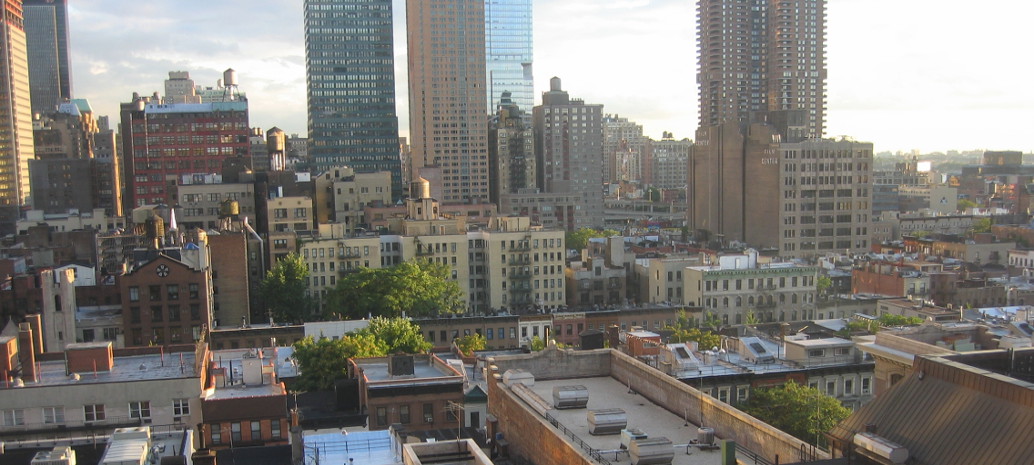Through the Reforming the Energy Vision (REV) process, New York has been on the forefront of reconfiguring the market structure of its distribution grid to adapt to 21st-century realities. However, sometimes it is difficult to be first.
REV has dragged on for years with little to show in the way of concrete policy changes. Worse, one of the process’ few accomplishments – the Value of Distributed Energy Resources (VDER) ruling – has been criticized by solar advocates for offering unworkably low prices, which has led to legislative efforts to return community solar to net metering.
New York has begun making steps to address the concerns made by advocates. In late July the state’s Department of Public Service (DPS) issued two white papers to address the calculation of compensation, both in terms of modifying the VDER value stack and increasing the market transition credit (MTC) for community solar projects.
The first white paper calls for modification to the calculation of the demand reduction value (DRV), a portion of the VDER value stack which Solar Energy Industries Association (SEIA) describes as “broken”, among other changes. The paper itself appears to recognize this, stating that both the DRV and Locational System Relief Value – another component of the VDER stack – lack the “the necessary certainty and predictability to structure projects in VDER.”
However, this paper is in the “pre-proposal” stage, which means that it is merely a solicitation of comments while regulators prepare another paper for formal notice. This translates to no action on this matter until the end of 2018, at the earliest. Solar Energy Industries Association (SEIA) describes this as “a very long fuse for much needed changes to the tariff.”
The second paper proposes faster relief, by calling for the reallocation of community solar projects to higher values in the service area of three utilities, and increasing the Market Transition Credit (MTC) value in Con Edison’s territory.
“Upon initial analysis, many of these values would appear to drive significant new solar development, but there are questions about whether the modest increases in NYSEG are sufficient and whether there is additional opportunity to expand solar access in Central Hudson,” notes SEIA.
The organization described the combination of measures proposed as “forward progress”, but also noted that they are temporary stop-gaps.
There is still significantly more work to do to achieve Governor Cuomo’s goal of ensuring all New Yorkers “regardless of their zip code or income have the opportunity to access clean and affordable power.” These improvements (if adopted) would provide temporary stop-gap measures to allow certain solar projects in the Upstate region to continue moving forward. However, without further, urgent action, many investments in solar projects currently under development will not move forward, jeopardizing jobs and the state’s climate and clean energy goals.
This content is protected by copyright and may not be reused. If you want to cooperate with us and would like to reuse some of our content, please contact: editors@pv-magazine.com.









By submitting this form you agree to pv magazine using your data for the purposes of publishing your comment.
Your personal data will only be disclosed or otherwise transmitted to third parties for the purposes of spam filtering or if this is necessary for technical maintenance of the website. Any other transfer to third parties will not take place unless this is justified on the basis of applicable data protection regulations or if pv magazine is legally obliged to do so.
You may revoke this consent at any time with effect for the future, in which case your personal data will be deleted immediately. Otherwise, your data will be deleted if pv magazine has processed your request or the purpose of data storage is fulfilled.
Further information on data privacy can be found in our Data Protection Policy.